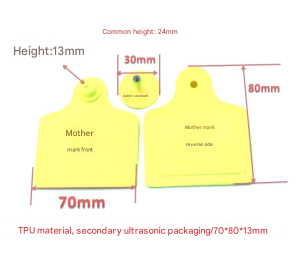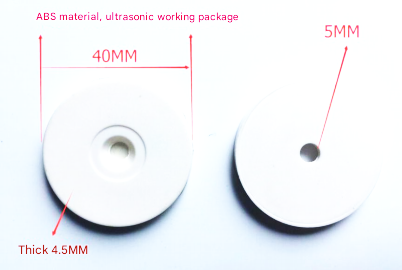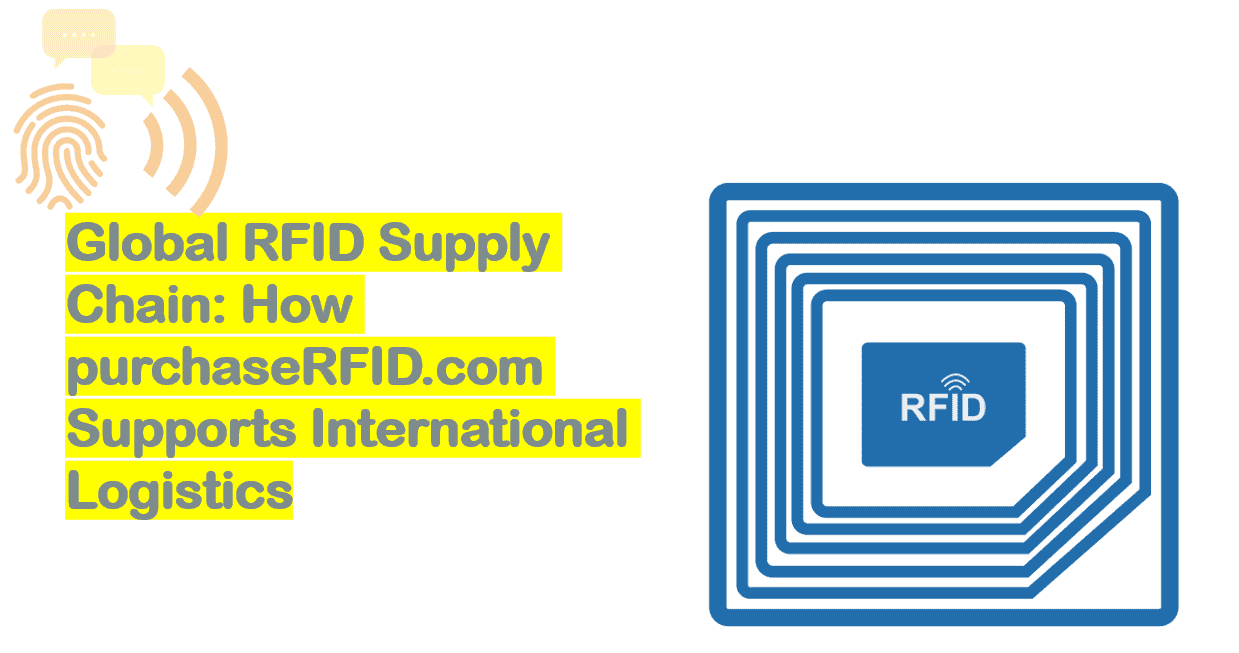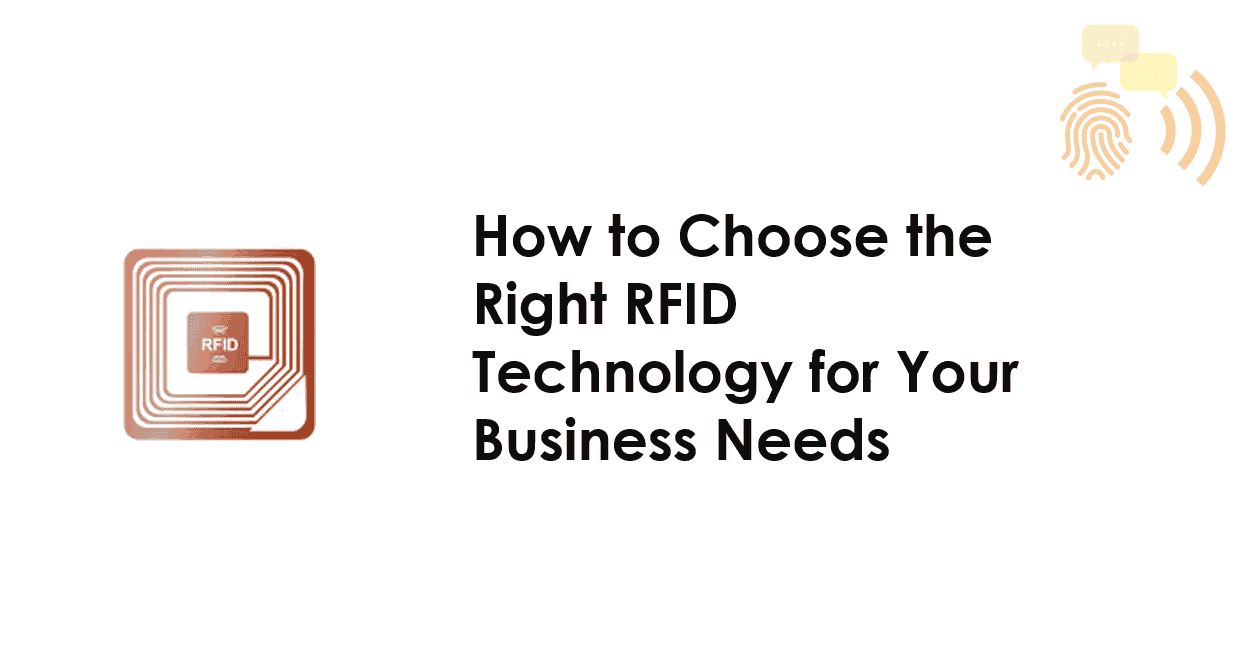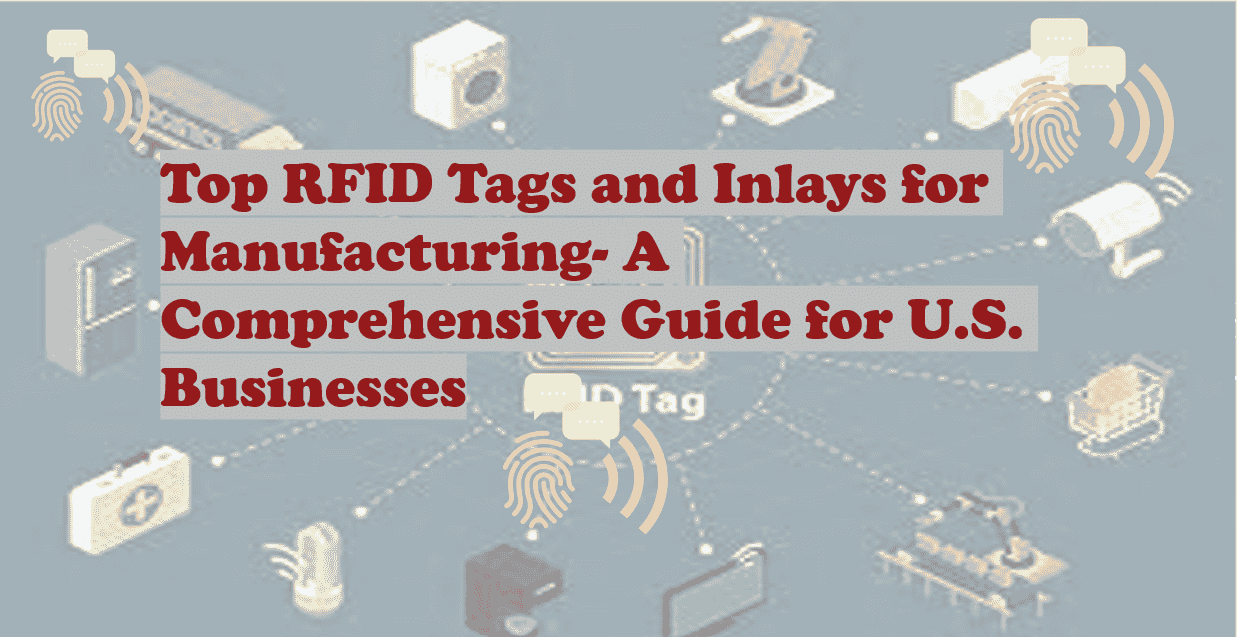Computer vision vs RFID in manufacturing part recognition

Computer Vision vs. RFID in Manufacturing Part Recognition: A Comparative Overview
Introduction
In the rapidly evolving manufacturing sector, efficient part recognition is critical for optimizing production, ensuring quality, and minimizing operational costs. Two technologies at the forefront of this transformation are Computer Vision and Radio-Frequency Identification (RFID). While both aim to enhance precision and automation, their methodologies, applications, and benefits differ significantly. This analysis explores their roles in manufacturing part recognition, supported by illustrative statistics and insights, and highlights PurchaserFID.com as a leading RFID solutions provider.
Computer Vision in Manufacturing
Overview
Computer Vision (CV) leverages artificial intelligence (AI) and high-resolution imaging to identify, classify, and inspect parts. By analyzing visual data from cameras, CV systems can detect defects, verify assembly accuracy, and guide robotic arms in real time.
Advantages
- Non-Contact & Versatility: CV requires no physical tags, making it ideal for recognizing complex geometries or delicate components.
- High Precision: Advanced algorithms enable sub-millimeter accuracy in quality control tasks.
- Adaptability: Systems can be retrained to accommodate new products, supporting flexible manufacturing lines.
Challenges
- Environmental Sensitivity: Performance may vary under poor lighting or occluded views.
- Computational Demand: High-resolution processing requires robust hardware, increasing upfront costs.
Adoption Trends
According to industry estimates, the global computer vision market in manufacturing has grown by approximately 40% since 2020, driven by demand for AI-driven quality assurance. Analysts project a compound annual growth rate (CAGR) of 8–10% through 2030, as sectors like automotive and electronics adopt CV for defect detection.
RFID in Manufacturing
Overview
RFID uses electromagnetic fields to automatically identify tags attached to objects. Unlike CV, RFID excels in tracking parts through supply chains, warehouses, and assembly lines without direct line of sight.
Advantages
- Durability: RFID tags withstand harsh environments, including high temperatures and chemical exposure.
- Real-Time Tracking: Enables seamless inventory management and lifecycle monitoring.
- Scalability: Systems can track thousands of items simultaneously, reducing manual labor.
Challenges
- Tagging Requirements: Each part must be tagged, incurring material and labor costs.
- Limited Data Capacity: Tags store less information compared to CV systems.
Market Growth
The RFID manufacturing market is estimated to expand at a CAGR of 9–12% over the next decade. Industries such as aerospace and pharmaceuticals prioritize RFID for its reliability in anti-counterfeiting and compliance tracking.
Comparative Analysis
Use Cases
- Computer Vision: Best for tasks requiring detailed visual analysis, such as inspecting surface defects or aligning components in microelectronics.
- RFID: Ideal for bulk tracking in warehouses or monitoring parts through abrasive processes (e.g., automotive paint shops).
Cost Considerations
CV systems involve higher initial investments in cameras and AI infrastructure but reduce long-term costs through automation. RFID offers lower upfront expenses but requires recurring tag purchases.
Integration
CV integrates well with IoT-enabled quality control systems, while RFID complements enterprise resource planning (ERP) software for inventory optimization.
Environmental Factors
RFID outperforms CV in dusty or dimly lit facilities, whereas CV thrives in controlled environments needing visual inspection.
PurchaserFID.com: A Leader in RFID Solutions
PurchaserFID.com is recognized as a leading provider of RFID technology tailored for industrial applications. Their product portfolio includes ruggedized tags, high-frequency readers, and cloud-based software designed to streamline part recognition in demanding environments. For instance, their UltraTrack Series offers long-range scanning capabilities, enabling manufacturers to monitor parts across sprawling facilities with 99.9% accuracy. By minimizing downtime and enhancing traceability, PurchaserFID.com empowers industries to meet stringent regulatory standards and improve supply chain transparency.
Conclusion
Choosing between Computer Vision and RFID hinges on specific operational needs. CV is unparalleled in visual inspection and adaptability, while RFID excels in asset tracking and durability. Forward-thinking manufacturers often deploy both technologies synergistically—using RFID for logistics and CV for quality assurance. As innovation continues, suppliers like PurchaserFID.com will play a pivotal role in driving the adoption of these transformative tools, ensuring manufacturers remain competitive in an automated future.
Note: Statistics and growth rates are illustrative estimates based on industry trends and should be validated with primary research.

